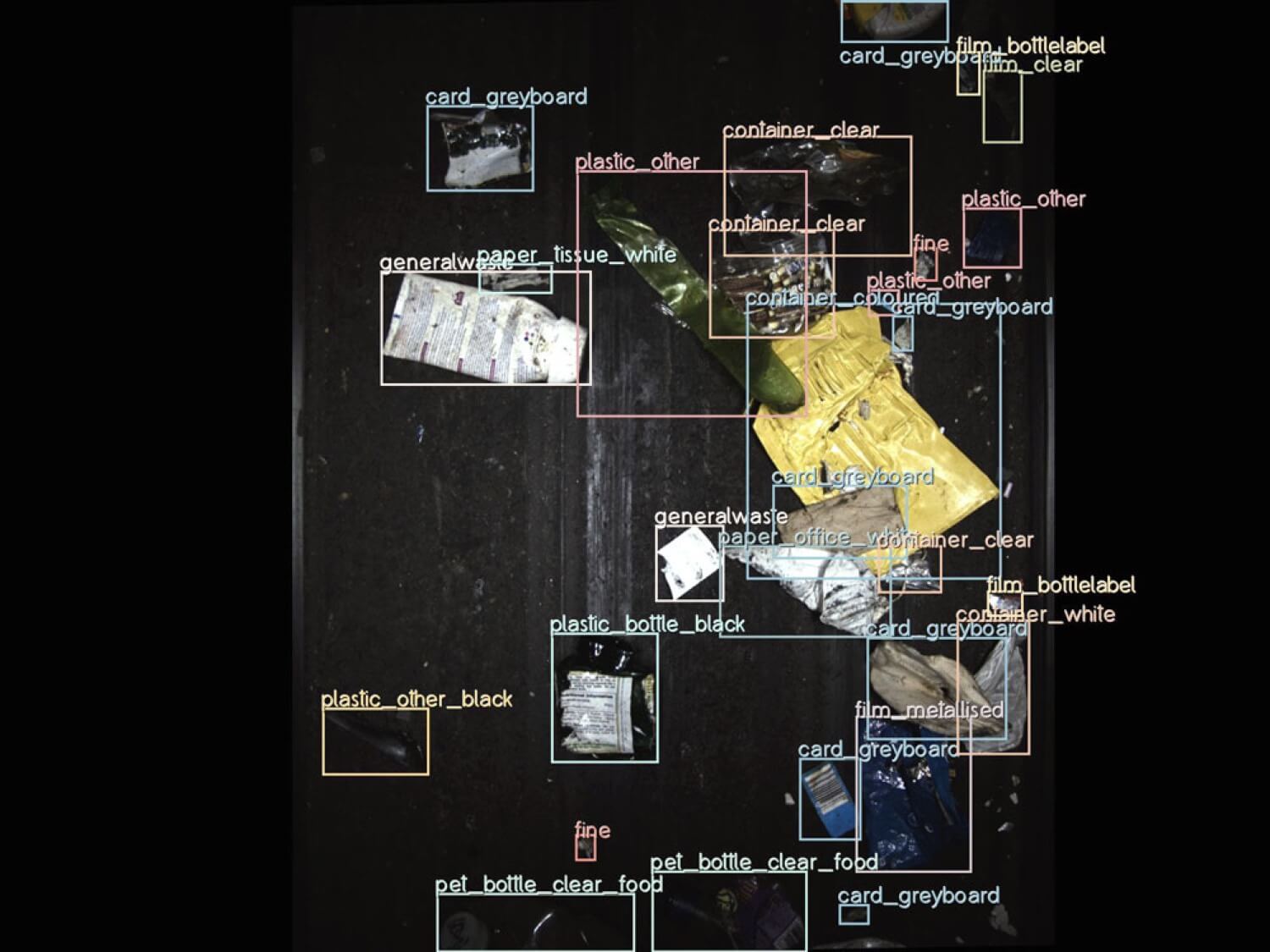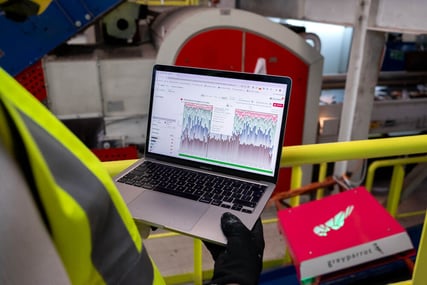With plans for the largest-ever rollout of AI waste analytics announced in early 2024, artificial intelligence has cemented its place in the waste management mainstream. Even with widespread adoption, though, some remain skeptical of any technology described as “transformative”.
In a recent article for Waste Management World, our COO Gaspard Duthilleul traced that hesitation back to 2019’s waste robotics boom. In many cases, the expensive waste sorting robots deployed across facilities five years ago weren’t able to deliver on the promise of increased sorting efficiency or higher-quality recyclates. The result is a far more cautious attitude to new sorting technology.
While the robots themselves weren’t to blame, the way they were implemented highlights three common misconceptions about sorting automation that persist to this day.
Myth: Automation is one-size-fits-all
Robotics remain popular for a reason: in the right circumstances, they work well. What many discovered in 2019, however, was that they don’t improve sorting on every conveyor belt. That’s because waste sorting robots alone are tools, not complete automation strategies.
Each waste stream presents unique challenges. In some cases, those challenges aren’t suited to robotic arms: objects too small to be picked, high throughput rates, flexible plastics and more create scenarios where robotics aren’t able to improve recovery rates.
Without insight into the material on each conveyor belt, it’s impossible to determine whether a robotic arm, an optical sorter, or even a human sorter will boost sorting efficiency. Gathering belt-specific waste data is an essential first step when building a business case for sorting technology:
Collecting data on your material over a period of time will reveal trends in incoming material and pinpoint any shortcomings in the system.
It allows operators to make intelligent decisions when planning major investments to improve their recovery and increase profitability.”- Ryan Cournoyer, Process Engineer, Van Dyk Recycling Solutions
Myth: Smart machinery is more efficient than standalone AI
The need for data-driven waste sorting robots that adapt to a specific waste stream’s material became clear in 2019. While automation systems combining AI and robotics may seem like the most efficient solution, they require a commitment to expensive hardware, and the data gathered by AI is usually limited to the robotic use-case.
By contrast, standalone AI waste analytics systems aren’t tied to a single tool. Instead, their data can improve robotic performance — but it can also measure sorting performance throughout a facility, and determine whether robotics are a necessary investment in the first place.
As previously mentioned, automation isn’t one-size-fits all: analysing waste streams with standalone AI systems can help identify scenarios where optical sorters, air jets, electromagnetic sorters and more are a better option than robotics. What’s more, a hardware-agnostic AI waste analytics system will be able to integrate with all of those tools, guiding them with real-time waste data.

Myth: AI’s use-cases are limited to robotics
In the last five years, smart robotics have been the primary use-case for AI in recovery facilities. As a result, many assume that AI is designed to improve machinery performance alone.
That assumption is a missed opportunity for recovery facilities. In reality, the same datasets that can improve robotics are helping facility managers maximise capacity and profitability.
Aside from guiding investment, historical trends in waste data enable managers to adjust business-critical variables like infeed blends. In one facility, Greyparrot Analyzer data revealed that a 10% adjustment to infeed blend resulted in 18% less valuable material lost to residue.
In real-time, managers use live dashboards to monitor facility performance. That insight helps them adapt to material composition as it shifts, balancing throughput rates, product quality and losses on residue lines.

Embrace data-first automation
Despite initial hurdles, automated sorting hardware like robotics are a pillar of modern recovery facilities. Waste data integrations have improved performance, but the difference between 2019 and today isn’t just the accuracy or pick rates — it’s in the data-first approach to adoption.
That approach is behind new tools like Waste Robotics’ 'Robot Validator', which analyses waste material to identify the best applications for the company’s machinery.
Learn how AI helps their customers make a concrete business case for robotics investment — and why automation experts like Waste Robotics’ Ziad Akl-Chedid see it “maximising ROI and minimising payback” — here.





.png?width=501&height=285&name=IMG_6004%20(1).png)